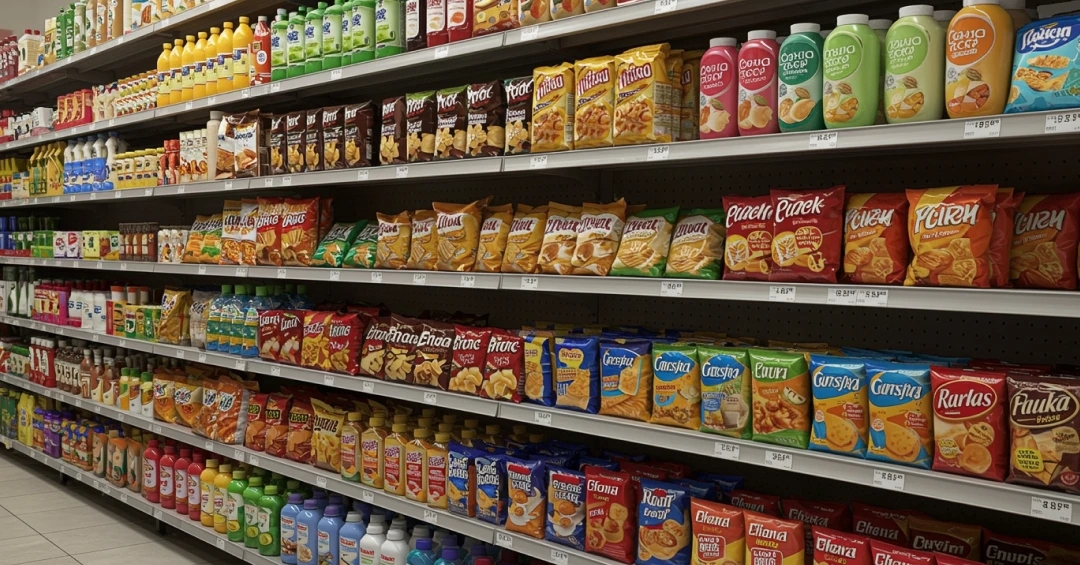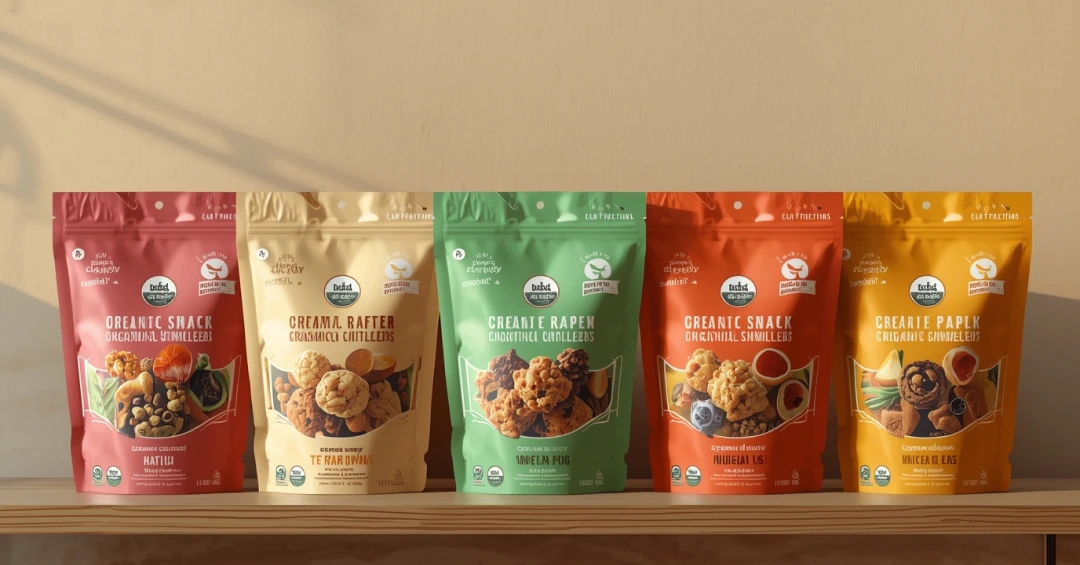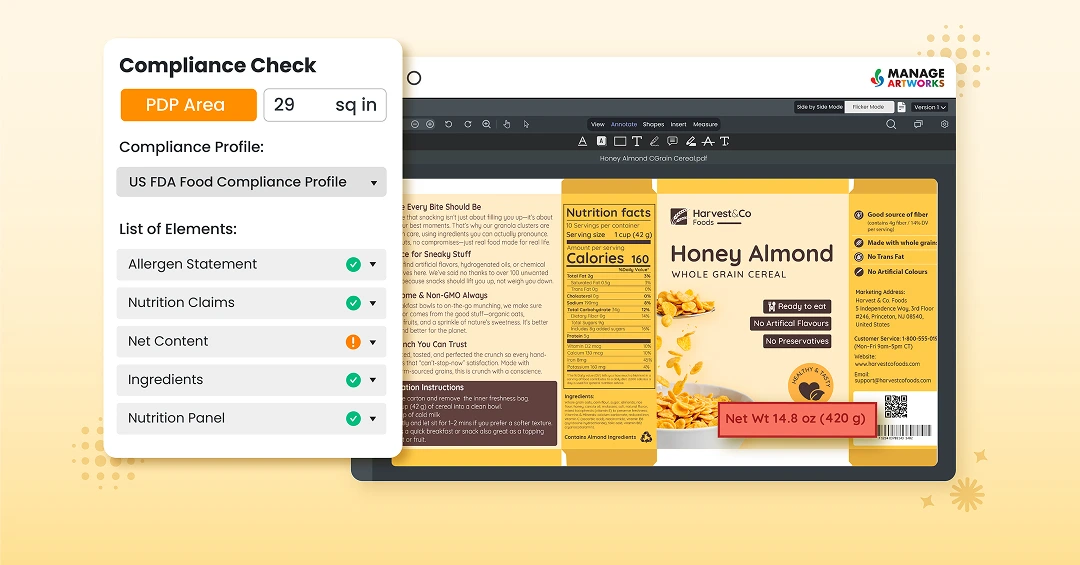India’s recent GST overhaul has created an interesting scenario for FMCG brands. With duties slashed on a wide range of consumer goods, companies now need to reflect lower prices on their packaging—quickly and efficiently. At the same time, the government has allowed a temporary respite: pre-printed MRPs on unsold stock can still be used until December, helping brands avoid massive packaging waste.
In this blog, we break down what these changes mean for FMCG teams, explore the challenges of managing packaging updates across multiple SKUs and regions and explain how a structured artwork management approach can help keep workflows organized and errors under control.
The Ripple Effect of GST on Packaging
With GST rates on several FMCG goods revised consumers are paying closer attention to pricing. Many are likely to favor brands that openly reflect these reductions through updated MRPs, clear price communication, or packaging callouts, rather than silent price adjustments that go unnoticed. Some brands are even reversing shrinkflation—restoring original pack sizes or quantities—to signal fairness and value in a post-GST market. Making the benefit visible helps strengthen consumer trust and can directly influence purchase decisions.
For brands, however, achieving that transparency is anything but simple. Every MRP change triggers updates across design, regulatory, production, and supply chain workflows. Even minor revisions can cause bottlenecks, misprints, or compliance risks if managed manually. Beyond price updates, brands may also want to incorporate new promotions or value messaging that highlight the GST benefit. Coordinating these changes across hundreds or thousands of SKUs demands both speed and accuracy—something difficult to achieve without streamlined artwork management.
How Manual Methods Fall Short and the Smarter Way to Tackle it
As brands rush to reflect GST-driven price changes, relying on spreadsheets, emails, and disconnected tools to manage packaging changes is a recipe for disaster. Each change request triggers a chain reaction—from copy revisions and artwork redesigns to supplier coordination and print approvals. Without a connected system, teams risk working on outdated versions, duplicating tasks, or missing key approval steps—issues that can delay launches or result in non-compliant packaging on shelves.
When multiple departments operate in silos using different tools, even a small price change can create confusion that ripples through the entire organization. That’s where a centralized packaging management system like ManageArtworks makes a tangible difference. It brings all stakeholders onto a single platform, ensuring that every packaging change—whether driven by tax reform, regulation, or marketing strategy—is executed with accuracy and speed.
With features designed for end-to-end visibility and control, ManageArtworks enables brands to:
Centralize Control: Manage all artworks, copy, and packaging specifications in one place.
Collaborate in Real Time: Keep design, regulatory, and supply chain teams aligned on every change.
Track Versions with Confidence: Maintain a clear audit trail of revisions, approvals, and active SKUs.
Ensure Regulatory Compliance: Automate checks to meet local and international labeling standards.
To Conclude
The GST revisions underline a simple truth — packaging agility is essential. Every policy change, tax reform, or market fluctuation can ripple across your packaging operations, affecting everything from pricing and labeling to design and compliance.
By moving away from manual, fragmented workflows and adopting a connected system like ManageArtworks, brands can turn regulatory and market changes into opportunities to act faster, stay compliant, and strengthen consumer trust through transparent, well-managed packaging updates.
In a market that’s evolving by regulation, the brands that stay ahead will be the ones that manage change, not just react to it.





.webp)
















